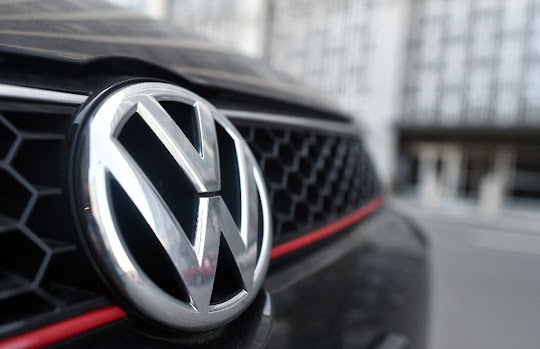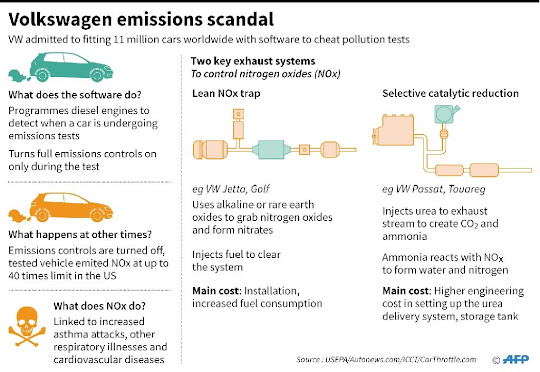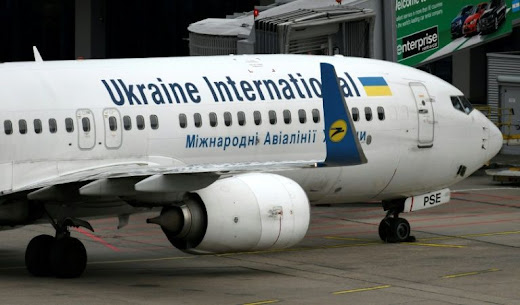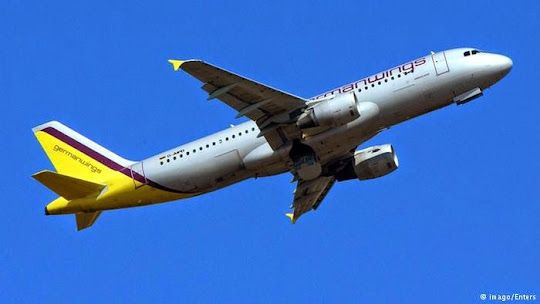Jakarta Globe – Bloomberg, Apr 09, 2014
 |
A visitor looks at a Toyota Motor’s car at the company show room
in Tokyo on May 8, 2013. (Reuters Photo/Yuya Shino) |
Toyota
Motor, the world’s largest carmaker, called back more than 6 million vehicles
to fix a range of safety defects in one of the biggest recalls in automotive
history.
The company
found five types of safety hazards in vehicles including some of its top
sellers such as the Camry sedan, RAV4 sport utility vehicle and Corolla cars,
according to a statement today.
The
carmaker isn’t aware of any injuries or fatalities linked to the defects, it
said.
The recall,
Toyota’s second-biggest since late 2012, is a setback for President Akio
Toyoda, who has spent years trying to restore the company’s reputation for
quality after calling back millions of vehicles in 2009-2010 because of
unintended acceleration.
Scrutiny of
safety practices in the auto industry is rising as US regulators investigate
General Motors for its handling of deadly ignition-switch flaws that the
company knew of as far back as 2001.
“Something
is wrong,” Koji Endo, an analyst at Advanced Research Japan in Tokyo, said by
telephone. “They may even need to review their production process. Even if the
problem is with the suppliers, Toyota should be responsible for it.”
Though
details weren’t available for precise calculations, Endo estimated that the
recall could cost Toyota about 60 billion yen ($588 million) to 70 billion yen,
or 10,000 yen per vehicle.
Toyota fell
3.1 percent to close at 5,450 yen in Tokyo after the announcement, dragging
down the benchmark Topix index, which declined 2.1 percent.
Biggest
recalls
The recalls
involve 6.39 million vehicles, some of which are being called back for more
than one issue, pushing the total tally to 6.76 million, the company said.
The Toyota
City, Japan-based carmaker recalled 7.43 million vehicles in October 2012 to
fix power-window switches on models including its Camry and Corolla cars.
Toyota last
month admitted to wrongdoing and agreed to reviews by an independent monitor
who is assessing its safety reporting practices as part of a $1.2 billion
settlement, the largest criminal penalty ever imposed in the US on an
automaker.
Toyoda, 57,
has pledged to improve the company’s recall process after calling back more
than 10 million vehicles for problems that led to sudden acceleration.
Lawmakers
last week drew parallels to Toyota’s unintended-acceleration recalls as they
pressed CEO Mary Barra on GM’s handling of flawed ignition switches that the
company has linked to at least 13 deaths.
The largest
US automaker is being fined $7,000 a day for failing to fully answer questions
about the flawed part in cars including the Chevrolet Cobalt.
Spiral
cables
In today’s
recall, about 3.5 million of the vehicles — more than half in North America —
are being called back to replace spiral cables that may prevent driver’s-side
airbags from deploying.
Models
involved include RAV4, Corolla, Yaris, Highlander, Tacoma and Camry that were
produced from April 2004 to December 2010. Another 2.3 million vehicles are
being called back to inspect and replace the front seat rails of three-door
models.
Springs
that lock these rails may break if the seats are frequently adjusted back and
forth, the company said.
The models
involved with this issue, which could lead to seats that move in the event of a
crash, were built from January 2005 through August 2010.
The
vehicles are the Ist, Vitz, Belta and Ractis in Japan, and Scion xD, Urban
Cruiser and Yaris in other markets.
Unstable
brackets
Toyota also
will fix noisy and potentially unstable steering column brackets on about
760,000 vehicles globally.
The
remaining safety campaigns are to replace windshield wiper motors of about
160,000 Ractis vehicles in Japan and the engine starters of about 20,000 vehicles
in Japan and Hong Kong.
“This is
Toyota being more active in calling back vehicles to ensure quality,” said
Takaki Nakanishi, a Tokyo-based analyst for Jefferies Group LLC, who has a hold
rating on the company’s shares. “The number is big, but the faults are minor
and not critical.”
Among other
big recalls in automotive history, Ford Motor called back more than 14 million
vehicles in 2009 for a faulty cruise-control switch that could cause a fire,
according to the US Transportation Department’s website.
In 1996,
the Dearborn, Michigan-based automaker recalled 7.9 million vehicles for
defective ignition switches that could short circuit and cause fire.
GM called
back 6.7 million vehicles in 1971 to fix mounts that may cause the engine to
lift and loss of vehicle control.
Factory
freeze
Toyoda, the
grandson of the company’s founder, has instituted a three-year freeze on new
car plants to tilt the company’s priorities to quality and efficiency after the
2009-2010 recalls.
Following
its crisis, Toyota said it improved procedures that had been too dependent on
decision-making in Japan and didn’t give regional operations the autonomy to
make fixes.
The
carmaker also formed a global quality group that Toyoda has chaired.
This is the
second major global recall for Toyota this year.
A recall of
1.9 million Prius hybrids in February covered more than half of the models sold
since its debut 17 years ago.
The company
has updated software in Priuses to fix glitches that could cause them to lose
power or shut down and stop.
Toyota
apology
“We
sincerely apologize to our customers for the inconvenience and concern brought
by this recall announcement,” the company said today in an e-mailed statement.
“Toyota has rededicated itself to strengthening its commitment to safety and
quality. In part, that means refocusing on putting customers and people first,
by listening better and taking appropriate action.”
Recalls
haven’t slowed down Toyota’s earnings. The company has forecast profit for the
year ending March 31 will surge to a record 1.9 trillion yen. Toyota also has
set a target of selling an unprecedented 10.32 million vehicles in 2014 after
leading GM and Volkswagen AG in global auto deliveries for a second straight
year in 2013.
With
assistance from Ma Jie in Tokyo
Bloomberg

























